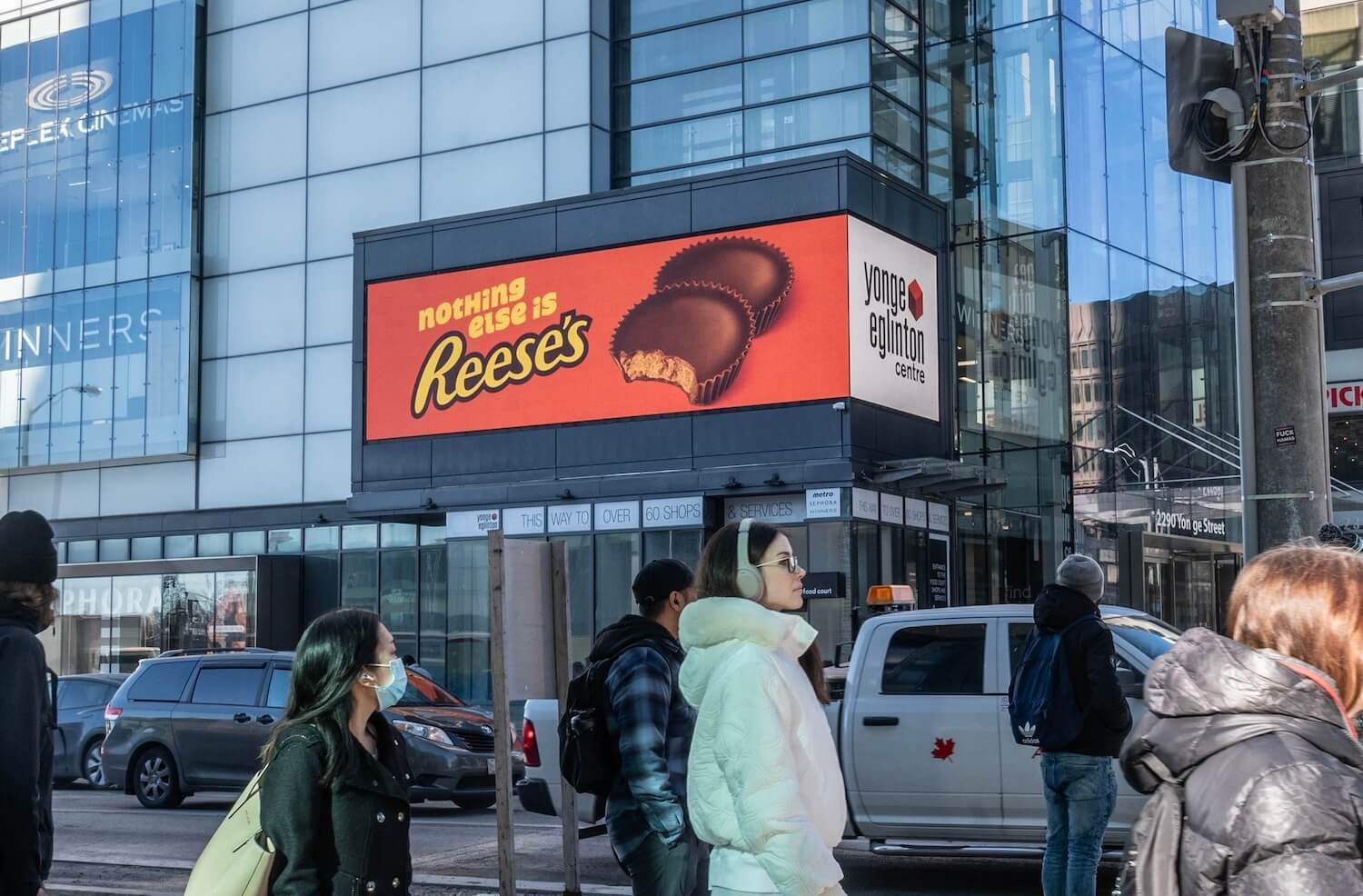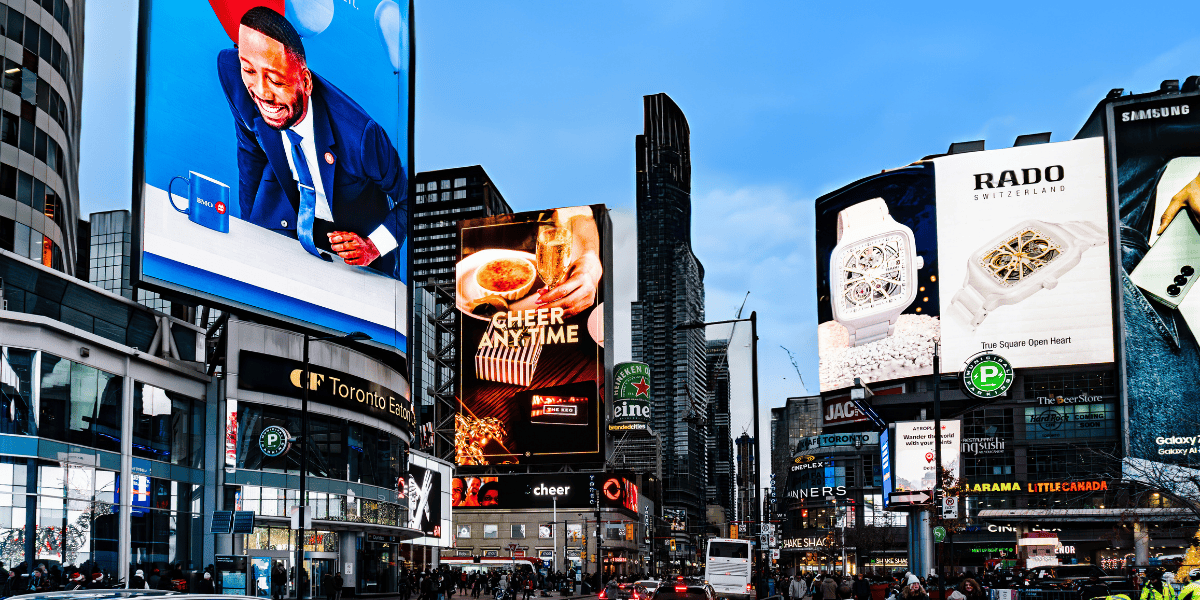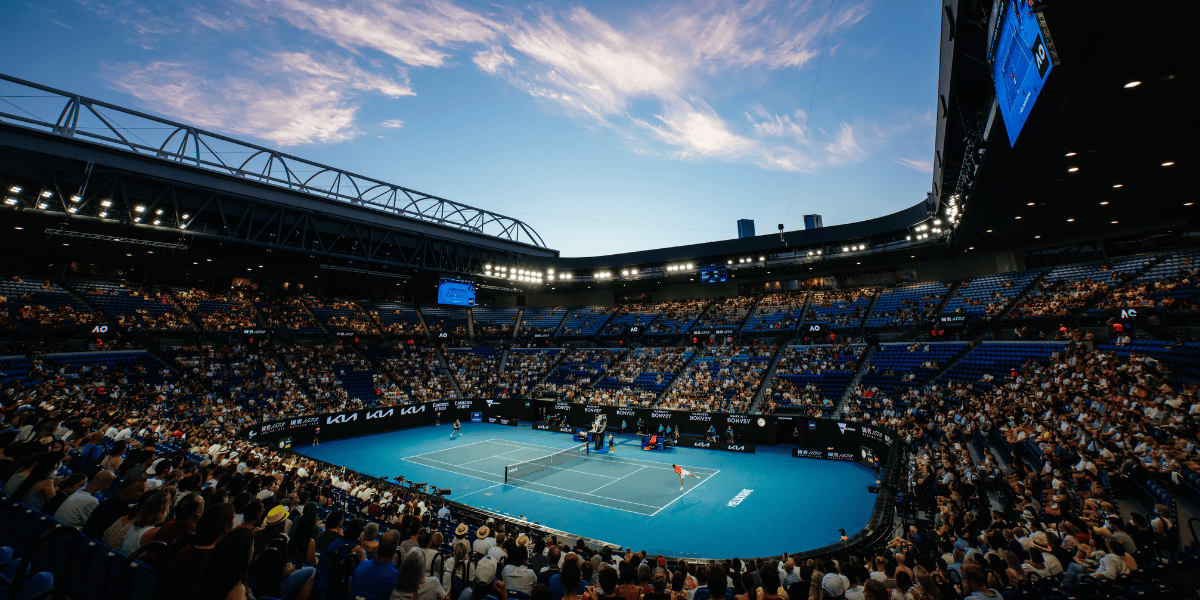
Marketers only have seconds to spark a connection. Whether it’s a commuter darting through a train station or a driver cruising past a screen, digital out-of-home (DOOH) ads have just moments to make an impact. In these fast-paced environments, imagery becomes your most effective tool for instant recognition.
Our latest guide, The Art of DOOH, explains how our brain processes visuals in a flash, making image-led creative the key for strong brand awareness and product recall. If you're looking to make a lasting impression in your next DOOH campaign, here's five reasons why leading with imagery is essential.

#1: The brain processes images in just 13 milliseconds
Neuroscience research from MIT finds that the brain can process an image in as little as 13 milliseconds—far faster than reading a tagline. In DOOH, that kind of speed matters, as audiences are constantly on the move. Clear, impactful imagery gives your message the best chance of landing instantly.

#2: Pictures are easier to understand than words
Text-only ads force people to stop, read and interpret—something that's not always realistic when your audience is on the move. Visuals, on the other hand, communicate context, emotion, and product value instantly. Imagine promoting a travel app with an image of a phone, app icons and a plane. That single visual delivers immediate clarity: what the product is and why it matters.

#3: Showing the product boosts recognition
Product imagery is a shortcut to brand recognition, especially for consumer packaged goods. Including the product or packaging helps audiences instantly grasp what is being advertised. Take the Cheetos ad, for example: the bold, bright bag makes it unmistakable. In DOOH, that kind of instant clarity is what transforms fleeting attention into meaningful action.

#4: Using faces can help, but guide the focus
Human faces can make your creative more compelling, but they can also divert focus away from your brand. Research shows people instinctively look at faces first, which means they might miss your headline, product or logo. The key isn't to avoid using people—it's to guide the viewer's eye. Directional cues, like where someone is looking or pointing, can subtly steer attention back to your message and keep your brand in the spotlight.
#5: Images anchor your brand in memory
Neuroscientists have found visuals are processed and stored in long-term memory within seconds of exposure. A well-placed image, such as a product, logo or even a distinct colour palette, sticks with someone long after the ad is seen. And when they see your brand again, that visual memory clicks into place, which is key for brand awareness and product recall.
Designing for DOOH means designing for speed, clarity and attention—and these five principles are key to making your creative stand out. For more neuroscience-backed tips on effective DOOH creative, download the Art of DOOH.




